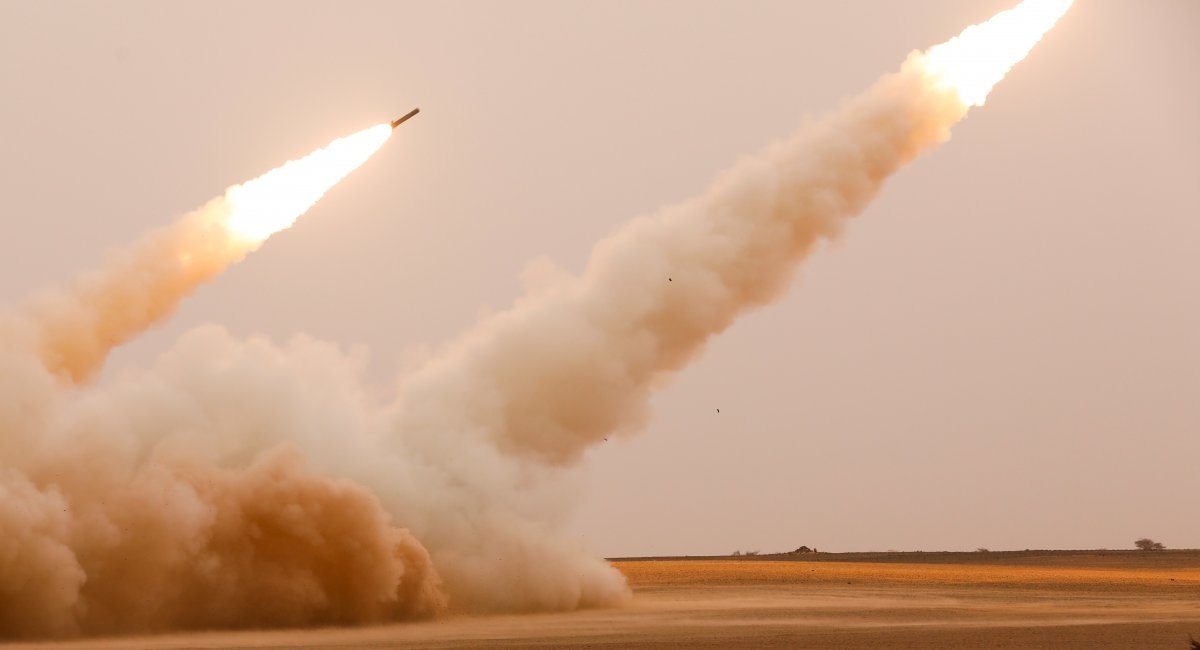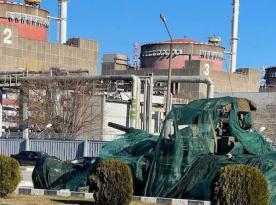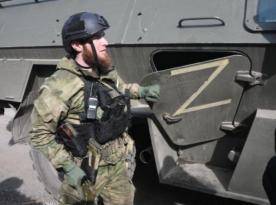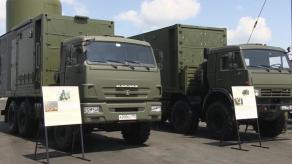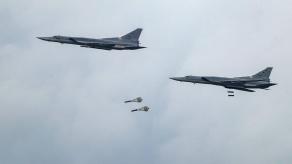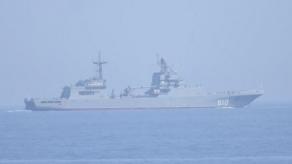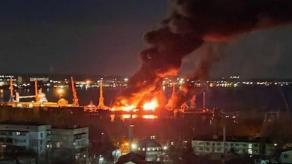An extremely important and, without exaggeration, "strategic" article regarding the present and the future of the Armed Forces of Ukraine, rearmament, and Ukraine's war with the russian federation in general, was published today on Ukrinform by the Commander-in-Chief of the AFU Valerii Zaluzhnyi and First Deputy Chairman of the National Security, Defense, and Intelligence Committee of the Verkhovna Rada of Ukraine Mykhailo Zabrodskyi.
The discourse reflects on all these interconnected aspects and gives an understanding of the actual state of affairs, without "rose-colored glasses".
Read more: The Armed Forces of Ukraine Found a Way to Reduce the Intensity of Missile Attacks on Kharkiv
Threats and Plans of the russian federation
First of all, it is about the fact that the war is not to end in 2022, and the main events should generally be expected only in 2023 – provided that Ukraine receives extremely powerful support from the allies, which should increase even more.
The AFU General Staff emphasizes that russia’s perspectives in the Izyum and Bakhmut directions remain promising – with the ultimate goal of reaching the administrative border of the Donetsk region. But the Zaporizhzhia direction might be even more "attractive" for the Kremlin.
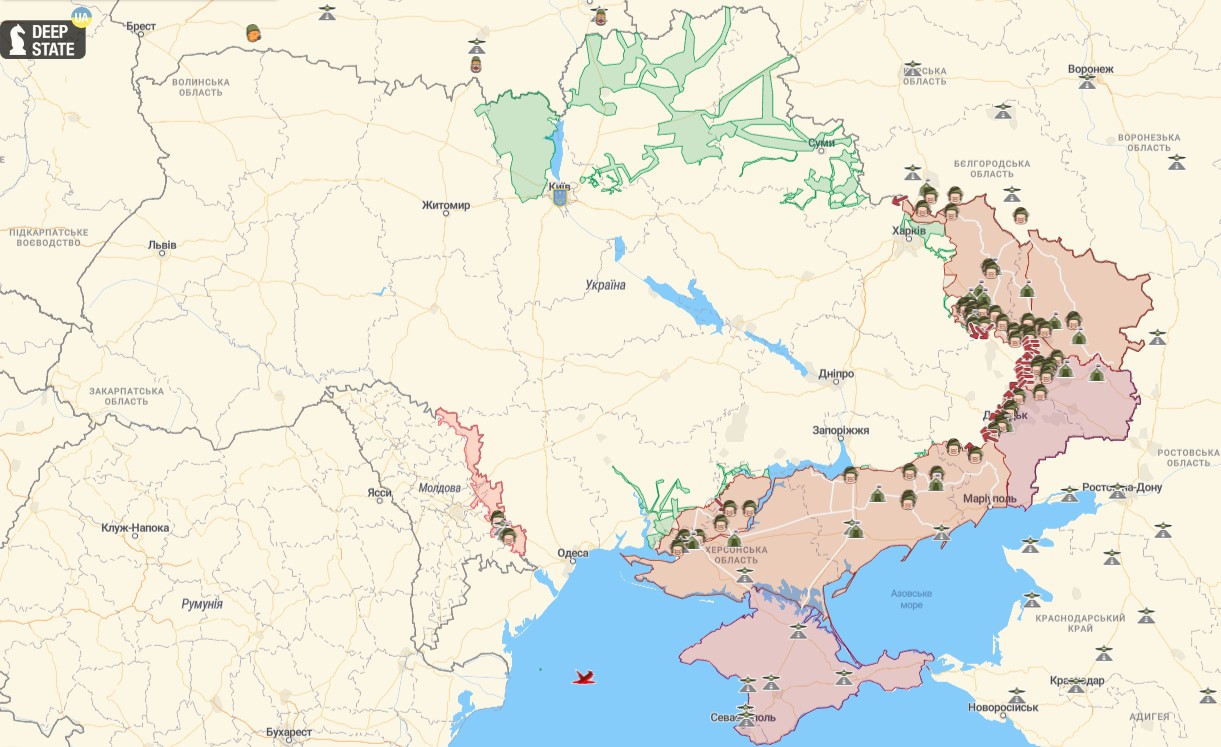
In particular, it is said that the enemy is considering as well the possibility of intensifying hostilities in this direction which poses a direct threat of capturing the cities of Zaporizhia and Dnipro, which will, in turn, lead to the Ukrainian side losing control over a large part of the country’s Left Bank (of the Dnipro River – ed. by Ukrinform)."
Also, the constant threat of a new attempt to capture Kyiv from the territory of Belarus has not gone anywhere. At the same time, the russian bridgehead on the right bank of Dnipro in the Kherson area allows the enemy to operate both in the direction of Mykolaiv and Odesa, and in the direction of Kryvyi Rih, with a further growing threat to the central and western regions of Ukraine.
On the part of Defense Express, we note that all the authors mention are threats and plans of the Kremlin but not the odds of whether they succeed or not. The main point is that the russian federation while having a significant advantage in military capabilities, has "pressure points" in multiple different directions. Such a combination, as emphasized in the publication, leads to "strategic initiative remaining in the enemy’s hands," as noted by the Ukrainian military.
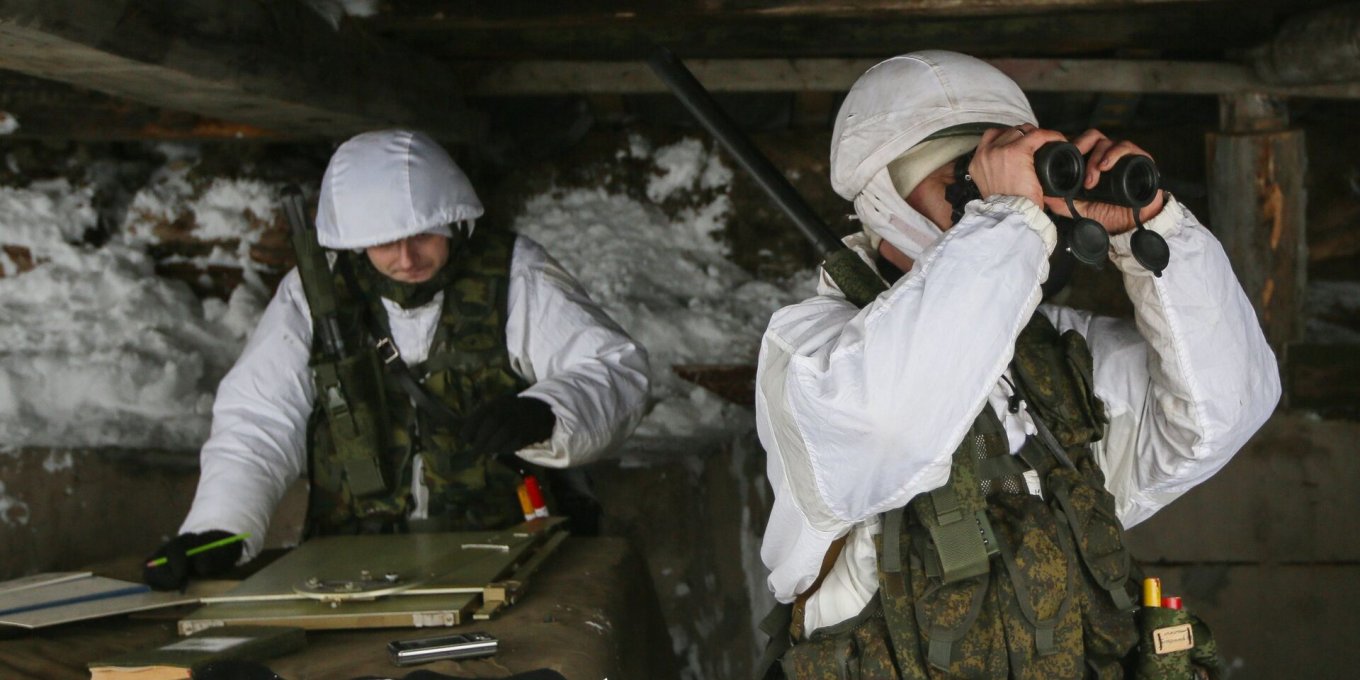
That is, it’s up to the Kremlin to decide where and when to go on the offensive and russia can stretch the available Ukrainian forces throughout the country, simulating preparations for strikes in several directions and disguising the actual one.
"It is necessary to note reservations about the tentative line of contact from the Ukrainian perspective. Its outlines have an extremely disadvantageous configuration in the already mentioned Izyum and Bakhmut directions. Substantial efforts on the part of the Russians to wedge into Ukraine’s defenses constrain any operational maneuver. They require essentially doubling the number of forces in the area to contain the enemy. The situation becomes especially acute amid the lack of firepower assets and insufficient air defenses," reads the article.
Linear Approach to Seizing the Initiative
The traditional linear approach to seizing the initiative is to independently impose the place and time of the battle on the enemy. In these circumstances, the only cornerstone for Ukraine is the occupied Crimea. If the russians lose Crimea it will certainly deal a painful blow to the russian federation. Given that, Ukraine considers the option of liberating the peninsula.
But, as stated in the article, for the effective de-occupation of Crimea, for example, within the 2023 campaign, creation of 10 to 20 combined military brigades is required that will implement a series of operations.
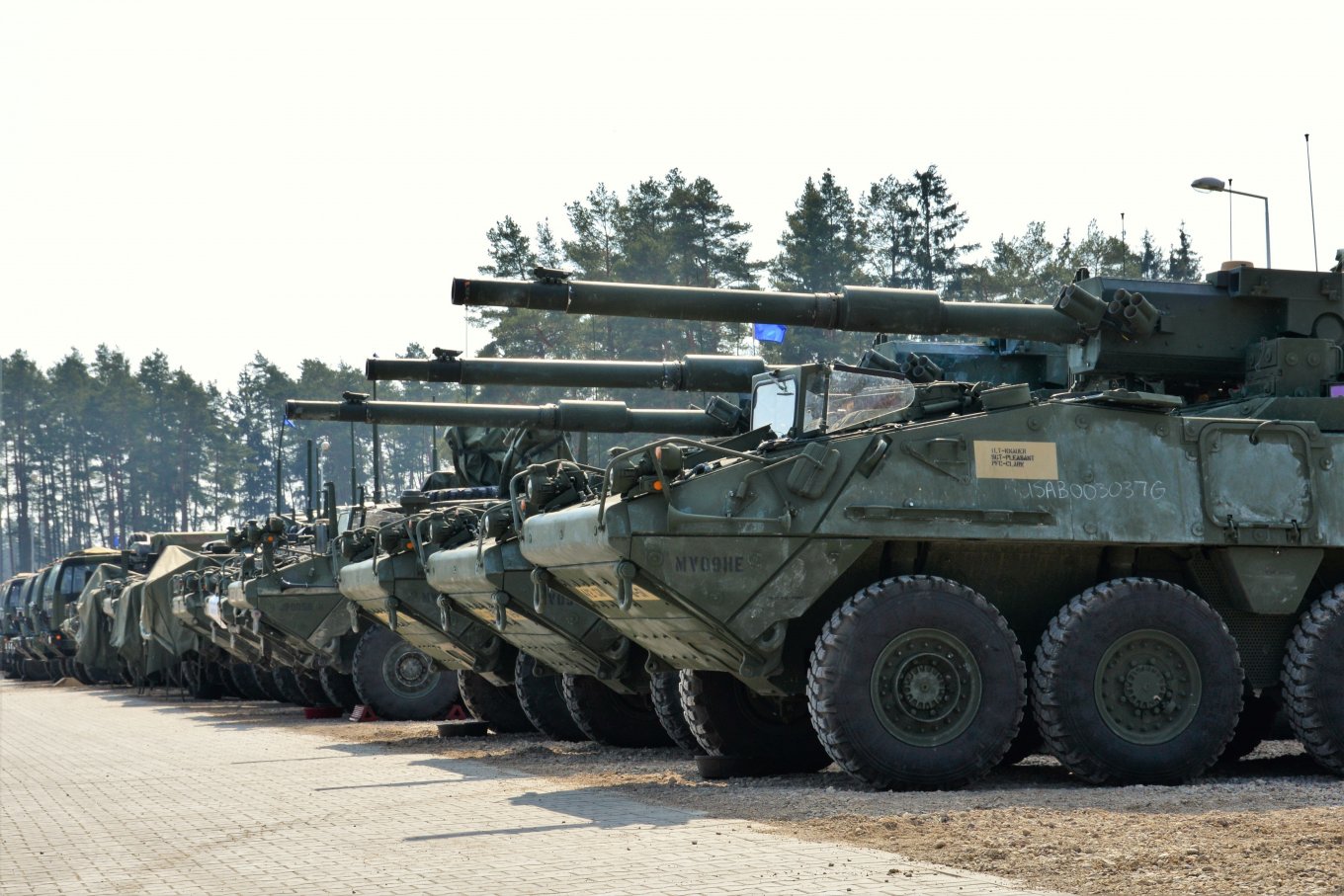
And the provision of these brigades with armament and their further supply rests exclusively on the shoulders of the allies. For the bigger picture, this means a 1.5 – 2 times increase in the current number of brigades of the Ground Forces of the Armed Forces, including newly created and deployed after February 24.
But the de-occupation of the peninsula, even though the russian occupiers turned it into one big military base, will not change the pattern of the war, the authors say.
"The loss of significant stocks of material resources will affect the Russian army only temporarily. Manpower losses and destroyed equipment, at least in terms of their numbers, could also eventually be replenished. Summarizing the above, in discussing prospects beyond 2023, we can only talk about a new stage of confrontation. Of course, initial data and perspectives will vary, but again, this will be a long conflict, bringing human losses and massive expenses, with no certain final outcome in view," Valerii Zaluzhnui and Mykhailo Zabrodskyi write.
Operating Range as the Key Factor
In addition to this, the russian federation has another advantage – long-range weapons. The armed forces of the russian federation have weapons in their arsenal that allow them to strike at any point in Ukraine.
"For the Russian armed forces, it’s up to 2,000 km, taking into account the range of air-based cruise missiles, while for Ukraine’s forces it is actually a mere 100 km, which is limited to the range of missiles and the deployment depth for the outdated short-range ballistic missile systems. Thus, from the onset of the large-scale aggression, Russian weapons could hit targets 20 times farther than the Ukrainians," as noted in the article.
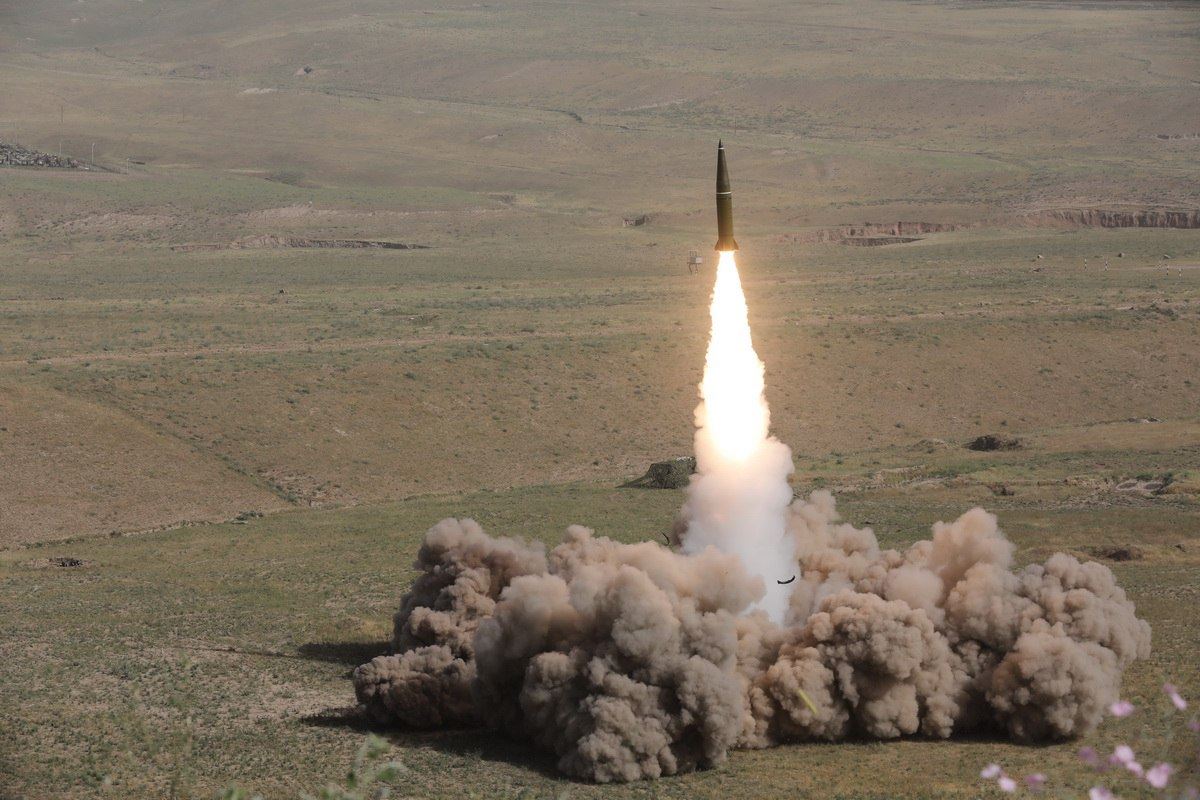
And as a side note from Defense Express, even if the Armed Forces of Ukraine reach the positions held as of February 21, 2022, it does not guarantee that the Kremlin will "wave the white flag" immediately. Moreover, after the de-occupation of Crimea and Donbas, this may still not happen.
In this situation, the most pragmatic solution for Ukraine is not trying to seize the initiative in direct confrontation by the means of large-scale offensive actions, but by a symmetrical response to his ability to strike on the territory of Ukraine.
And we are not talking only about the essential ATACMS, it is also about increasing the long-range capabilities of the Ukrainian army in general.

"A comprehensive approach must be applied to re-equipping artillery and missile forces, tactical aviation, Navy, and other components of Ukraine’s military might. The discussion should address creating or developing capabilities, not just the amount of weapons and equipment to be supplied to brigades slated for re-equipment," as underlined in the article.
To obtain such capabilities and launch strikes against the enemy and thereby physically transfer hostilities into the enemy's territory sounds like a realistic scenario for the victory of Ukraine. And this simply will not allow the russian federation to wage a "remote" war with impunity. Because so far it realizes that Ukraine just has nothing to respond with.
It is due to the possibility of one-sided long-range strikes by the russian federation, that the citizens of the russian federation "perceive not so painfully all the losses, failures, and most importantly, costs of this war in all its senses." In other words, the Kremlin and the population of the russian federation understand that they go unpunished for their aggression. And this allows them to threaten the world with nuclear weapons.
Defense Express recommends reading this article in full here
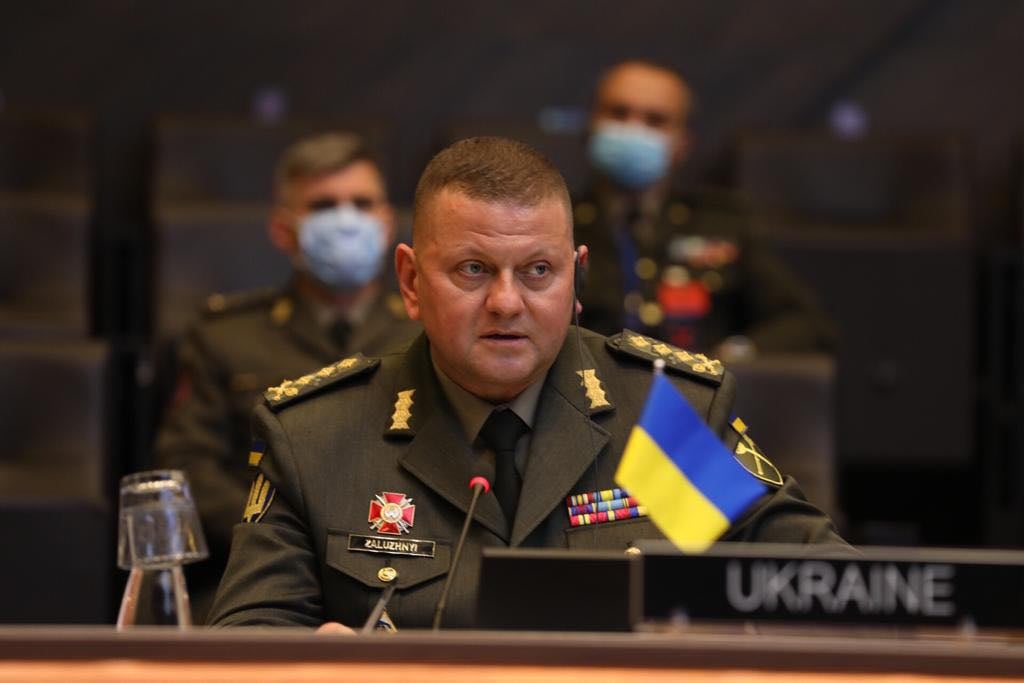
Read more: Why the Transfer of ATACMS to Ukraine Does Not Pose Any Threat to NATO Explained




